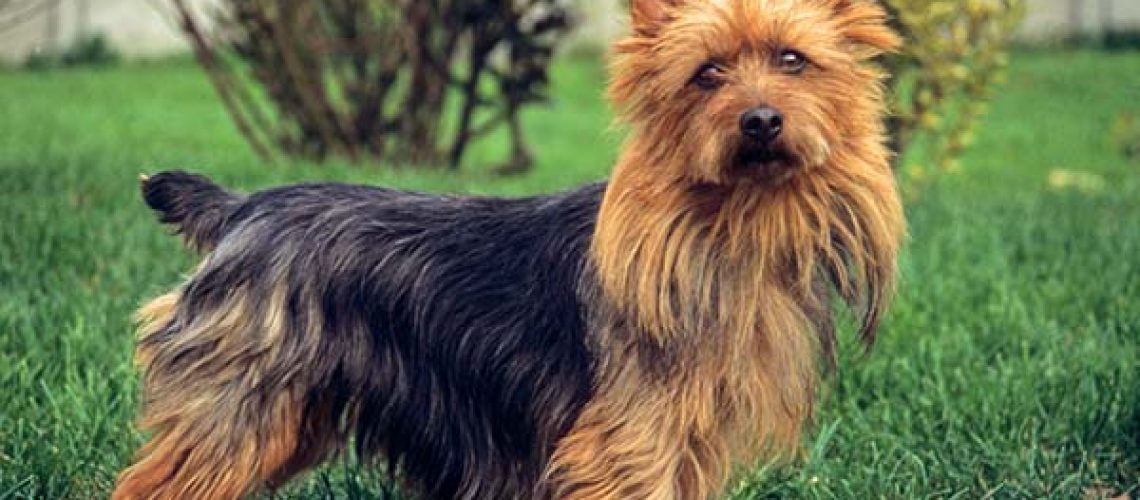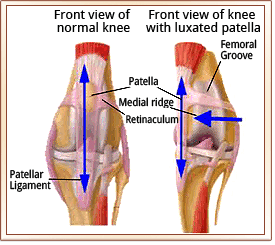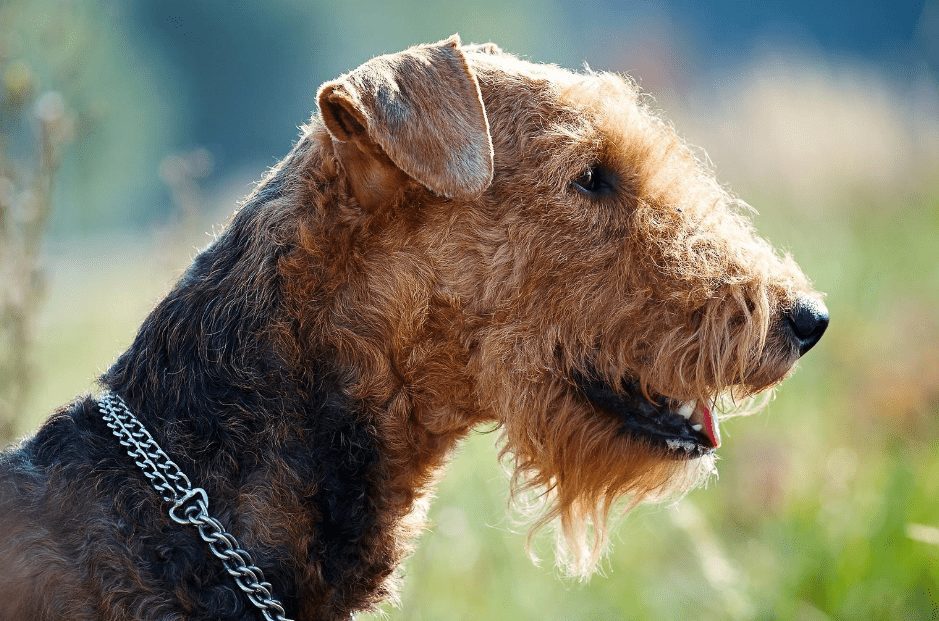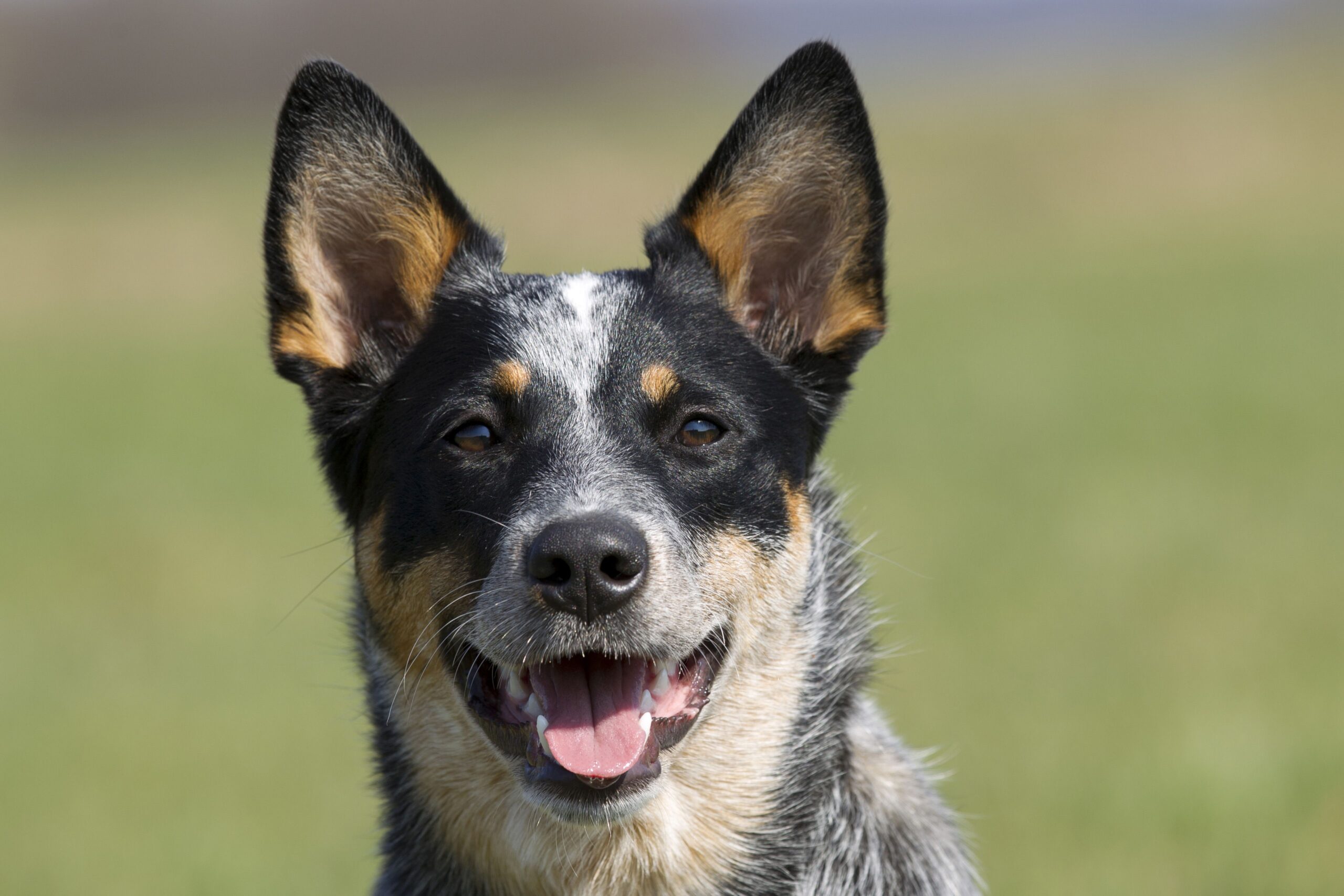Key Takeaways:
- Australian Terriers are small, sturdy dogs known for their loyalty and intelligence.
- They have a wiry coat that requires regular brushing to prevent matting and occasional hand-stripping to maintain its texture.
- These dogs are generally healthy but may be prone to certain genetic conditions such as allergies, patellar luxation, and Legg-Calve-Perthes disease.
- Australian Terriers thrive in homes with active owners who can provide them with regular exercise and mental stimulation.
- Proper socialization from an early age is important for Australian Terriers to prevent them from becoming overly protective or aggressive towards strangers or other animals.
Are you curious about Australian Terriers? These adorable little dogs may be small in size, but they are big on personality and charm. Whether you're a dog lover looking for a new breed to consider or a current Australian Terrier owner seeking more information, delving into the world of these delightful canines will bring you numerous benefits. Understanding their unique characteristics and learning how to properly care for them will not only enhance your knowledge of this breed but also help you provide the best possible care for your furry friend. So, let's dive into the fascinating world of Australian Terriers and discover what makes them so special!
1. What is an Australian Terrier and what makes it unique as a dog breed?
Introduction
Australian Terriers are small, sturdy dogs that originated in Australia. They were first bred in the 19th century to help control pests on farms and protect livestock. These dogs have a unique combination of traits that make them stand out from other breeds.
Small Size
One of the distinguishing features of Australian Terriers is their small size. They typically weigh between 14-16 pounds and stand about 10-11 inches tall at the shoulder. This makes them a great choice for people who live in apartments or have limited space.
Courageous and Loyal
Despite their small stature, Australian Terriers are known for their courage and loyalty. They are fearless and will not hesitate to protect their families from any potential threats. Their loyalty extends to their owners, making them excellent companions.
Distinctive Coat
Another unique aspect of Australian Terriers is their coat. They have a dense, wiry outer coat that helps protect them from harsh weather conditions and keeps them warm during colder months. Their coat comes in various colors, including blue and tan, sandy, or red.
Overall, Australian Terriers are a special breed due to their small size, courageous nature, loyalty, and distinctive coat.
2. Physical Appearance of an Australian Terrier: A Description
Overview
Australian Terriers have a distinct physical appearance that sets them apart from other breeds. Let's take a closer look at their features.
Compact Body
These dogs have a compact body with well-developed muscles. Their chest is deep but not too broad, giving them agility and strength.
Erect Ears
Australian Terriers have small, erect ears that stand up on top of their head. This feature gives them an alert and attentive expression.
Dark, Expressive Eyes
Their eyes are dark and almond-shaped, which adds to their intelligent and lively appearance. Their eyes reflect their curious nature.
Tail Carried High
One distinctive feature of Australian Terriers is their tail, which is carried high and docked to a medium length. When they are excited or happy, they often wag their tail vigorously.
In summary, Australian Terriers have a compact body, erect ears, expressive eyes, and a tail carried high. These physical characteristics contribute to their unique appearance.
3. Personality Traits of Australian Terriers: What to Expect
Introduction
Australian Terriers have distinct personality traits that make them charming companions. Here are some key traits you can expect from this breed.
Cheerful and Energetic
Australian Terriers are known for their cheerful and energetic nature. They love to play and engage in activities with their owners. Their enthusiasm is contagious and can brighten up any room.
Intelligent and Alert
These dogs are highly intelligent and quick learners. They have a keen sense of alertness, making them excellent watchdogs. Their intelligence also means they need mental stimulation through training or puzzle toys.
Friendly Towards Family
Australian Terriers form strong bonds with their families and are generally friendly towards them. They enjoy spending time with their loved ones and thrive on attention and affection.
Sometimes Reserved Towards Strangers
While Australian Terriers are usually friendly towards family members, they can be reserved or cautious around strangers. Proper socialization from an early age can help them become more comfortable around new people.
In conclusion, Australian Terriers have a cheerful and energetic personality, combined with intelligence and alertness. They are friendly towards their families but may be reserved around strangers.
4. Daily Exercise Needs for an Australian Terrier
Introduction
Australian Terriers have moderate exercise needs that help keep them happy and healthy. Here's what you need to know about their daily exercise requirements.
Regular Walks
Taking your Australian Terrier for regular walks is essential to meet their exercise needs. Aim for at least 30 minutes of walking each day. This will not only provide physical exercise but also mental stimulation as they explore their surroundings.
Playtime and Interactive Toys
In addition to walks, Australian Terriers enjoy playtime with their owners. Engage in interactive games like fetch or hide-and-seek to keep them mentally stimulated and physically active. Providing them with puzzle toys can also help keep their minds engaged.
Training Sessions
Training sessions can double as exercise for Australian Terriers. These dogs love learning new things, so incorporating training exercises into their daily routine is beneficial for both mental stimulation and physical activity.
Moderate Intensity Activities
Apart from walks and playtime, Australian Terriers can also participate in moderate intensity activities such as agility training or obedience trials. These activities provide additional mental and physical challenges that the breed enjoys.
Remember, each dog is unique, so it's important to gauge your Australian Terrier's energy levels and adjust the exercise routine accordingly. Regular exercise will help keep them happy, prevent boredom-related behaviors, and maintain good overall health.
5. Grooming Requirements for an Australian Terrier: What You Need to Know
Introduction
Australian Terriers have a low-shedding coat that requires regular grooming to keep them looking their best. Here's what you need to know about their grooming requirements.
Brushing
Australian Terriers have a double coat consisting of a soft undercoat and a wiry outer coat. Regular brushing, at least two to three times a week, helps prevent matting and keeps their coat in good condition. Use a slicker brush or comb specifically designed for wiry coats.
Trimming
To maintain the characteristic appearance of an Australian Terrier, regular trimming is necessary. Pay attention to the hair around their face, ears, and paws. Trimming these areas will help prevent hygiene issues and keep them comfortable.
Bathing
Bathing should be done as needed, typically every six to eight weeks or when your Australian Terrier gets dirty. Use a mild dog shampoo and make sure to rinse thoroughly to avoid any skin irritation.
Nail Care
Regular nail trims are important for Australian Terriers' overall comfort and health. Trim their nails every few weeks using a dog nail clipper or grinder. Be cautious not to cut too close to the quick, as it can cause bleeding and discomfort.
By following these grooming practices, you can ensure that your Australian Terrier looks and feels its best while maintaining good overall hygiene.
6. Common Health Issues in Australian Terriers: What to Watch Out For
Introduction
While Australian Terriers are generally healthy dogs, like any breed, they may be prone to certain health issues. Here are some common health concerns you should be aware of as an owner.
Patellar Luxation
Patellar luxation is a condition where the kneecap dislocates from its normal position. It can cause lameness or difficulty in walking. Regular veterinary check-ups can help detect this condition early, and surgical intervention may be required in severe cases.
Diabetes
Australian Terriers are at a higher risk of developing diabetes compared to some other breeds. This condition affects the body's ability to regulate blood sugar levels. Monitoring their diet, providing regular exercise, and keeping an eye out for symptoms like excessive thirst or frequent urination is important.
Allergies
Some Australian Terriers may develop allergies to certain foods or environmental factors. Common signs include itching, skin irritations, or digestive issues. If you notice any of these symptoms, consult with a veterinarian for proper diagnosis and management.
Cataracts
Cataracts can occur in Australian Terriers as they age. This condition causes cloudiness in the lens of the eye, leading to vision impairment. Regular eye examinations by a veterinarian can help detect cataracts early on and determine if any treatment is necessary.
Remember that not all Australian Terriers will experience these health issues, but being aware of them can help you monitor your dog's well-being and seek appropriate veterinary care when needed.
7. Keeping Your Australian Terrier Happy and Well Cared For at Home
Introduction
To ensure your Australian Terrier leads a happy and fulfilling life, it's important to provide them with proper care and attention at home. Here are some tips to keep your furry friend content.
Daily Interaction and Mental Stimulation
Australian Terriers thrive on human interaction and mental stimulation. Spend quality time with them each day through playtime, training exercises, or simply cuddling on the couch. Engaging their minds keeps them happy and prevents boredom-related behaviors.
A Balanced Diet
Feeding your Australian Terrier a balanced diet is crucial for their overall health and well-being. Consult with a veterinarian to determine the appropriate portion sizes and types of food suitable for their age, size, and activity level.
Regular Veterinary Check-ups
Routine veterinary check-ups are essential to monitor your Australian Terrier's health and catch any potential issues early on. Vaccinations, parasite prevention, dental care, and general wellness examinations should be part of their regular healthcare routine.
Creating a Safe Environment
Ensure your home is safe for your Australian Terrier by removing any potential hazards or toxic substances. Secure fences and gates in your yard to prevent them from wandering off. Providing a comfortable bed, toys, and a designated space for them can also contribute to their well-being.
By following these tips and providing love, care, and attention, you can create a happy and healthy environment for your Australian Terrier at home.
In conclusion, the Australian Terrier is a small and lively dog breed that requires regular exercise, grooming, and socialization. With their loyal and affectionate nature, they make great companions for families or individuals who can provide them with the love and attention they need.
Are Australian Terriers high maintenance?
This particular breed of dog is relatively easy to maintain. Their coat is typically short to medium length and comes in various colors such as blue and tan, steel blue, dark grey-blue, solid sandy, red, or black. It is recommended to brush their coat on a weekly basis and regularly check their ears for any issues.
Is an Australian Terrier a good family dog?
Australian Terriers make wonderful additions to any family. They are extremely loyal and make great guard dogs. They are intelligent and eager to learn, so training and socialization are important. They are especially well-suited to families with young children.
Does Australian Terrier bark a lot?
While Australians are known for their bravery and independence, they do not thrive when left alone. They may display problem behaviors such as excessive barking or chewing on their dog bed if left unattended for extended periods.
What is the demeanor of an Australian Terrier?
Character. The Australian Terrier is a smart and sociable small breed that excels in obedience and agility. They are eager to please and are excellent at guarding. Unlike some small dogs, they are not excessively noisy but will bark when needed.
Are Aussie dogs barkers?
Even though Australian Shepherds are known for their energetic nature, they tend to be quiet dogs. They may bark occasionally to alert their owners of potential dangers or unfamiliar situations, but overall, they are not very vocal. This characteristic aligns with the self-controlled personality that Australian Shepherds typically have.
What is the lowest maintenance terrier?
Russell Terriers are a suitable choice for people seeking a low-maintenance pet, despite their high energy levels. They are quick to learn and adjust to new surroundings. With minimal grooming needs and regular veterinary check-ups, Russell Terriers are relatively easy to care for.
















